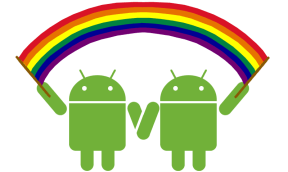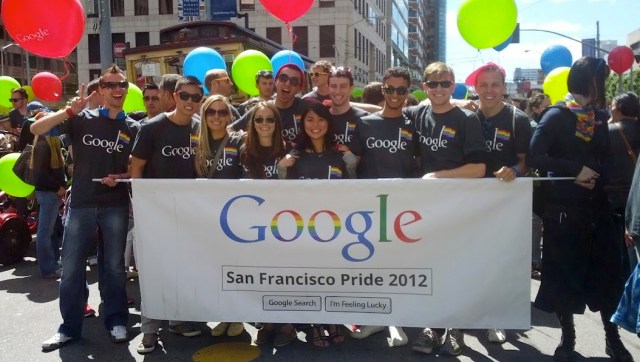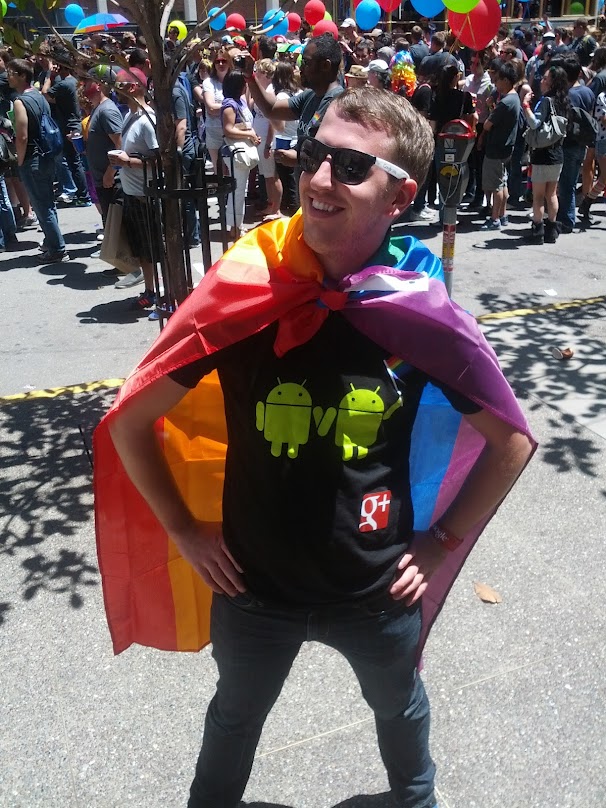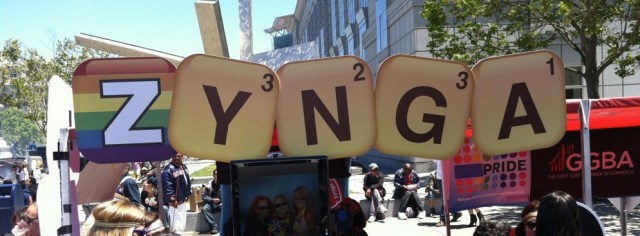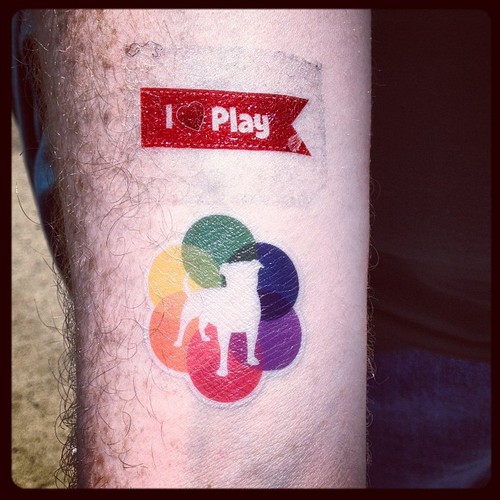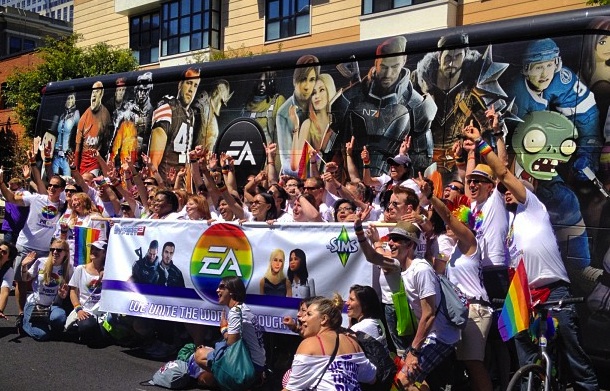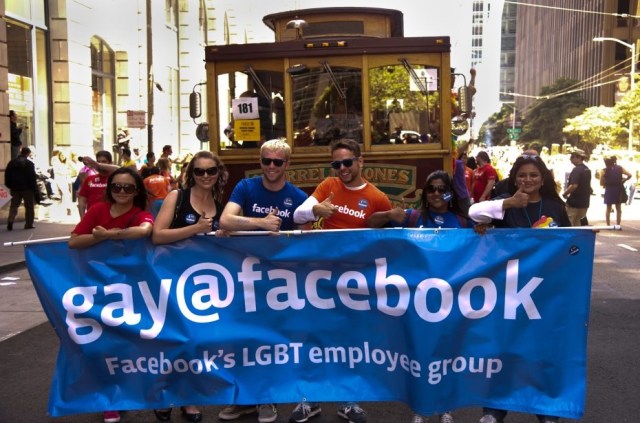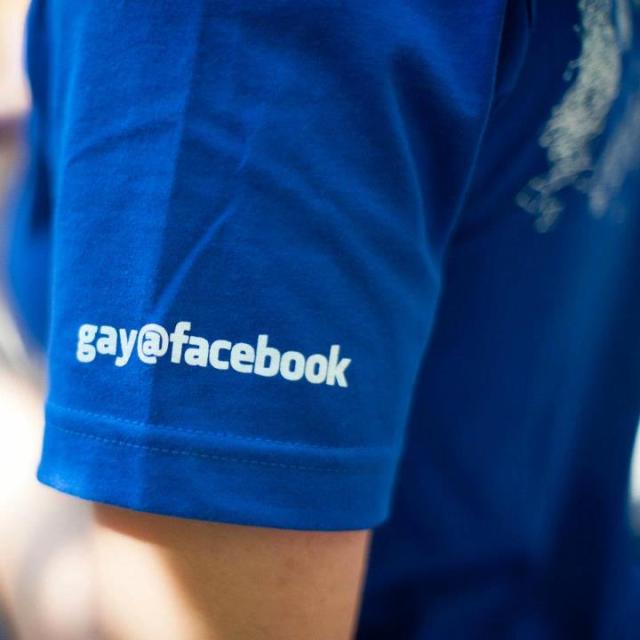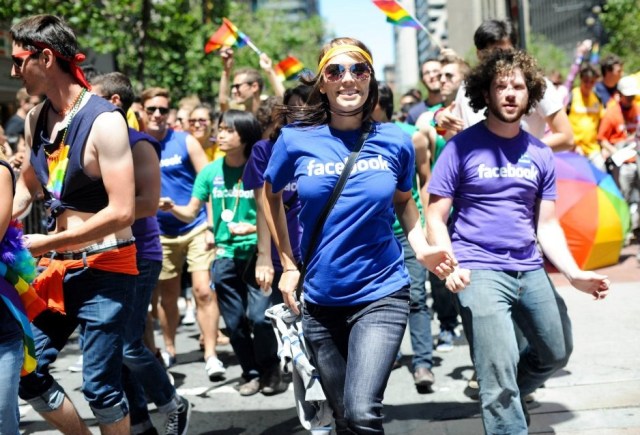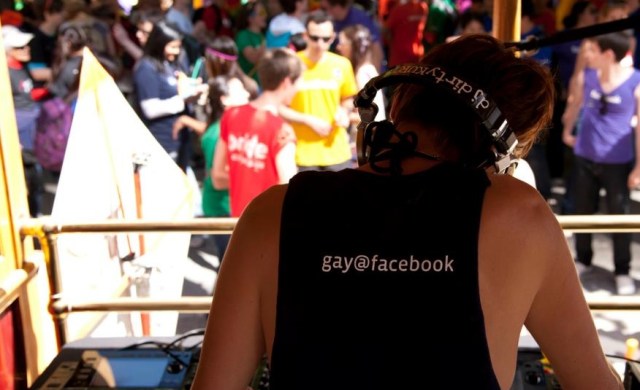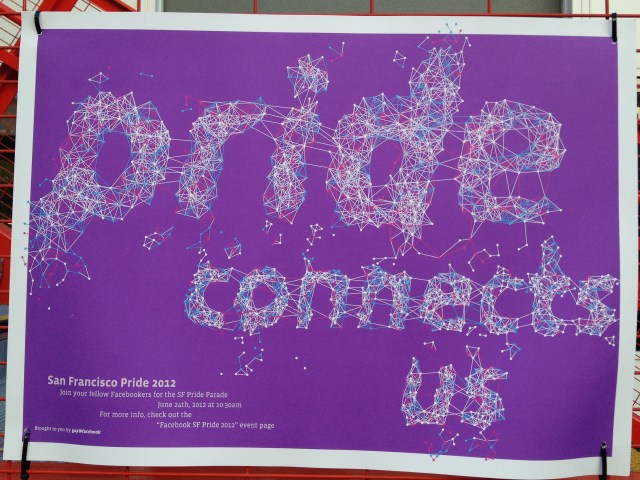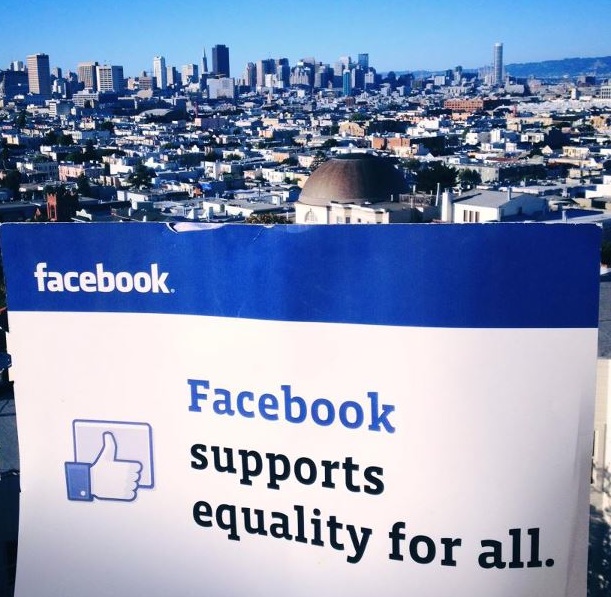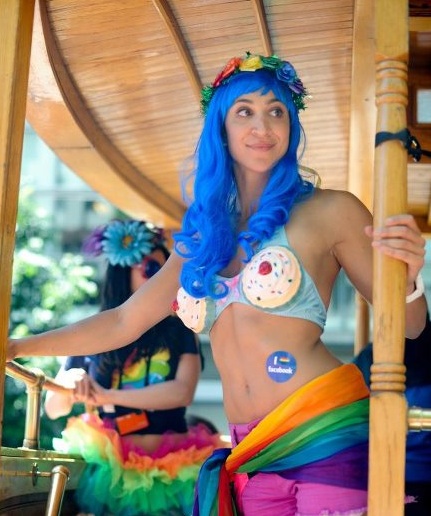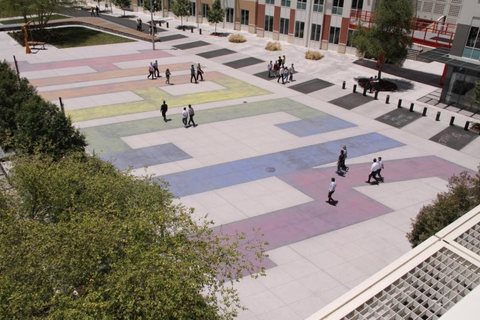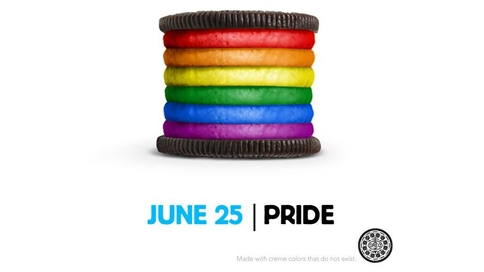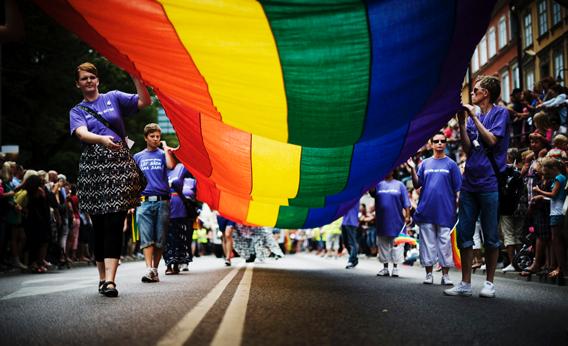he Hungarian LGBT Business Network and FRIGO presents
3rd Hungarian LGBT Business & Human Rights Forum
28 – 29 June 2012 (Thursday – Friday), Venue: Dürlin Eventshall (H-1146, Budapest, Ajtósi Dürer sor 19-21.)
INVITATION & PROGRAM
WORTH TO VISIT FOR: Directors, CSR- HR- marketing- and public relations professionals, governmental and non-governmental organizations' representatives, and everybody who feels the importance of the topic.
FORUM TOPICS
Since the event will be part of the EuroGames which will host several thousand guests from all over Europe, the conference will highlight the importance of the contribution made by the European LGBT community to the business community as well as to the sports.
Due to the diversity of participants we expect the conference to ad great value to the exchange of ideas and best practices from different parts of the world, innovative ideas and schemes that can be implemented in Hungary and other EU countries as well.
We would also like to share our local experience of the past 3 years, challenges as well as successes, in working with corporate, SMEs as well as civil organisations.
The games are expected to attract over 6 thousand athletes from all over the world, we expect the conference to attract around 200 high profile stakeholders thus the promotion of diversity and inclusion at the workplace and in the business community through sports competitions and other similar public events will be the leading theme of the conference.
During the 1st Hungarian LGBT Business Leader Forum (http://tiny.cc/bbz1fw) held on May 20th and 21st, 2010 at the Central European University; as well on the 2nd Hungarian LGBT Business & Human Rights Forum (http://tiny.cc/7xz1fw) held on June 16th 2011 at British Embassy in Budapest; it became obvious that there is a great need for professional discussion and awareness raising on the topic of LGBT business andhuman rights development within the business/employer community.
The conference is bilingual, simultaneous Hungarian-English translation will be provided.
Please be aware on the event video recording is not permitted.
The event is free of charge, but advance registration is required: we can guarantee the participation only for the 150 applicants!
WARNING! We can accept only those who will receive our confirmation on June 26th 2012.
PROGRAM 1st Day (28 June 2012)
o9:oo – 1o:oo Registration Coffee (Pastry)
1o:oo – 1o:3o Greetings, Opening Speech
British Embassy Budapest, Theresa Bubbear, Deputy Head of Mission
Hungarian LGBT Business Network, Adrian Balaci, Project Manager
1o:3o – 12:oo LGBT Diversity Policies at IBM
IBM, Marijn Pijnenburg, Business Development Executive for Diversity and LGBT in Europe, Middle East and Africa
12:oo – 12:45 LGBT Inclusion Policy Best Practice at Morgan Stanley
Morgan Stanley, Tophe Farney, Vice President in Bank Resource Management
12:45 – 14:oo Lunch Break Media (Question and Interview Time)
14:oo – 14:3o The Business Case for Supporting LGBT Events like the EuroGames 2012
Generali-Providencia Insurance Ltd., Judit Demjén, Senior Sales Specialist
14:3o – 15:3o Pink and Green Money
FRIGO (Organizer of EuroGames 2012), Richárd Kupecz, Economic Expert
15:3o – 16:3o Network Coffee (Pastry)
2o:oo – 22:oo Dinner for our Speakers and Sponsors
PROGRAM 2nd Day (29 June 2012)
o9:oo – 1o:oo Registration Coffee (Pastry)
1o:oo – 1o:3o Past, Present and Future
Hungarian LGBT Business Network, Adrian Balaci, Project Manager
10:3o – 11:oo LGBT Networks in Austria, Lessons Learned
agpro (austrian gay professionals), Hannes Heissl, Sociologist and Adviser for Corporate Banking
11:oo – 12: oo 1st Roundtable: LGBT Resource Groups and Business Networks
Moderator: Hungarian LGBT Business Network, Ferenc Mucsi, Public Relations Expert
Participants:
IBM, Veronika Blum, Second Delegate of IBM's GLBT workgroup (EAGLE) in Hungary
IBM, Gergely Füzesi, Country Leader of IBM's GLBT workgroup (EAGLE) in Hungary
Morgan Stanley, Éva Bresztyenszky, Executive Director of HR
Morgan Stanley, Tophe Farney, Vice President in Bank Resource Management
agpro (austrian gay professionals), Hannes Heissl, Sociologist and Adviser for Corporate Banking
12:oo – 13:oo Lunch Break
13:oo – 14:oo 2nd Roundtable: LGBT Marketing and Tourism
Moderator: Hungarian LGBT Business Network, Ádám Schlenker, Researcher
Preliminary LGBT Marketing Research Results conducted by the Hungarian LGBT Business Network, Ádám Schlenker)
Participants:
Out Now, Ian Johnson, Founder of Out Now
VISITBRUSSELS, Frederic Boutry, Gay market advisor
visitBerlin, Ralf Ostendorf, Director Marketmanagement
14:oo – 15:oo 3rd Roundtable: Strength to strength – empowering the LGBT employees with coaching and supervision
Moderator: Self Consulting Human Kft., Márton Mányai, Founder
Participants:
Andrea Ritter PhD, clinical psychologist, mediator
Kriszta Hoffmann, Social Worker – Human Rights Trainer and Supervisor
15:oo – 16:oo Closing Network Coffee (Pastry)
19:oo – 21:oo EuroGames VIP Reception (Speakers and Sponsors)



